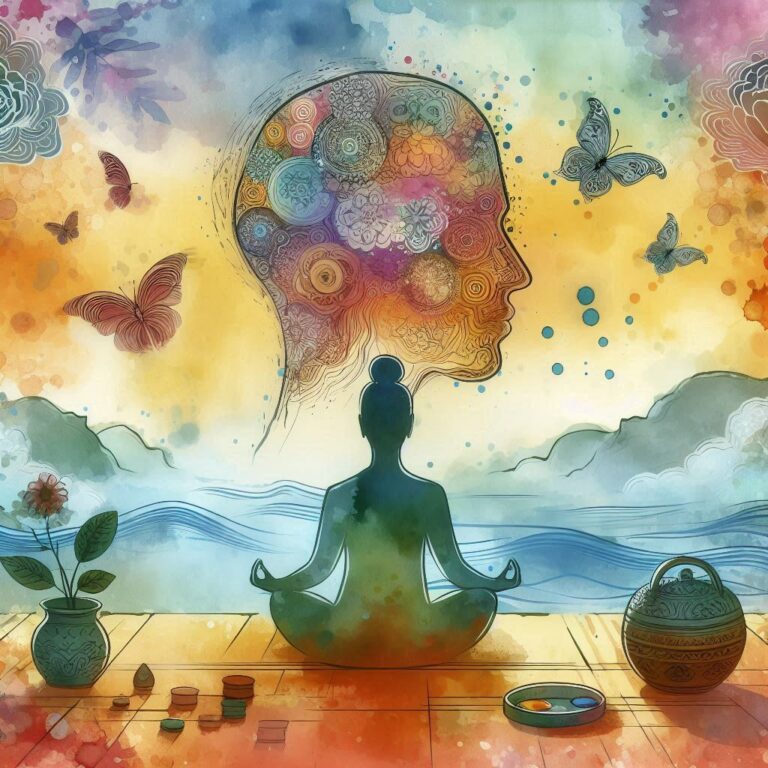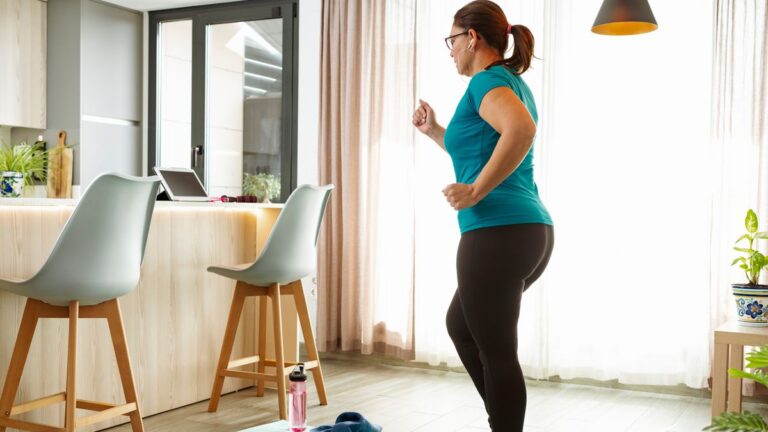Mastering One-Leg Balance: Key to Healthy Aging and Wellness
Mastering One-Leg Balance: The Key to Healthy Aging
Aging gracefully is something we all dream about, right? We want to maintain our independence and meet every milestone that life throws our way. Yet, as we grow older, one key skill can slip through our fingers—balance. Believe it or not, mastering one-leg balance could be your secret weapon for longevity and wellness. In this article, we’re diving deep into why balance matters, how it affects our quality of life, and, most importantly, how you can improve it!
Why Balance is Crucial for Healthy Aging
As we age, our bodies undergo several changes—some subtle and others more obvious. We might not move as quickly, have less muscle mass, or even experience shifting centers of gravity. All these physical changes contribute to an increased risk of falls, which can lead to serious injuries.
But it’s not just about preventing accidents! Balance plays a huge role in our overall health and well-being. Here’s how:
1. Preventing Falls and Injuries
Falls are one of the leading causes of injury among older adults. The simple act of standing on one leg can strengthen the core and lower body muscles, improving stability and reducing the risk of falling.
2. Enhancing Mobility
Good balance allows for smoother movements, whether that’s getting up from a chair, walking down stairs, or even playing with your grandkids. Improved balance boosts your confidence to move freely.
3. Promoting Core Strength
One-leg balance exercises engage the core muscles, which are vital for maintaining good posture and overall strength. A strong core supports almost every movement we make!
4. Increasing Mind-Body Connection
Balancing on one leg requires focus and concentration. This mental engagement is like a workout for your brain and can keep cognitive functions sharper as you age.
5. Boosting Flexibility and Coordination
Practicing balance can improve your flexibility and coordination, which directly helps in everyday activities—as simple as reaching for something without losing your footing!
How to Master One-Leg Balance
Now that we know why balance is so essential, let’s get into the nitty-gritty of how to improve your one-leg balance. Think of it as an exciting challenge rather than a chore. After all, who doesn’t want to feel more stable and agile? Here are some effective exercises to get you started.
Basic One-Leg Stand
- Find Your Spot: Stand next to a wall or a sturdy chair for support, just in case.
- Lift Off: Shift your weight onto one leg and lift the other leg off the ground, bending it at the knee.
- Hold That Post: Aim for 10–15 seconds. You can gradually increase the duration as your balance improves.
- Switch It Up: Don’t forget to repeat on the other leg!
Tip: Try closing your eyes to make it a bit more challenging. Just be sure to have that wall or chair nearby for a safety net!
Tree Pose
Ah, the classic yoga tree pose! This one’s not just for yogis; it’s a fantastic way to enhance your balance too.
- Ground Yourself: Stand tall with your feet together.
- Lift and Place: Shift weight to the right leg, bend your left knee, and place the left foot on the inner thigh or calf of the right leg.
- Take Your Time: Find a focus point to help with stability, and raise your arms overhead when you feel comfortable.
- Breathe: Hold for 10–30 seconds, then switch sides.
Tree pose not only improves balance but also stretches the hips! Talk about a win-win!
Heel-to-Toe Walk
If you want to channel your inner tightrope walker, this one’s for you!
- Straight Line Ahead: Find a straight path for walking, like a hallway or a long stretch of floor.
- Walk It Out: Start at one end and place the heel of one foot directly in front of the toes of the other foot as you walk.
- Stay Steady: Keep your arms out at your sides for balance.
- Repeat: Aim for 10-15 steps, and don’t be afraid to take a peep at where you’re going!
This exercise not only helps with balance but also improves coordination and agility!
Balance Exercises with Props
Want to add a fun twist to your routine? Incorporate some props!
Use a Stability Ball: Stand with one foot on a stability ball for a few seconds. Not only does it challenge your balance, but it also works your core.
Resistance Bands: Stand on one leg while holding a resistance band in the opposite hand. Pull the band sideways—this will enhance balance and strengthen the upper body simultaneously.
Quick Tips for Practicing Balance Daily
As with any workout routine, consistency is key! Here are some simple ways to make balance training part of your everyday life:
- Incorporate Balance into Simple Tasks: Try standing on one leg while brushing your teeth or waiting for your coffee to brew.
- Use a Timer: Start with 1-minute intervals during your day focusing solely on balance.
- Join a Class: Look for local yoga, tai chi, or balance classes. The community aspect can keep you motivated.
Conclusion
Mastering one-leg balance is not just a fitness gimmick; it’s a pathway to healthier and happier aging. With just a few minutes of practice each day, you’re setting yourself up for a future filled with stability, mobility, and independence. So why wait? Get started on your balance journey today and feel the difference it makes in your quality of life!
FAQs
-
How often should I practice balance exercises?
- Aim to practice balance exercises at least 3-4 days a week for the best results.
-
Can I still improve my balance at an older age?
- Absolutely! It’s never too late to start. Many seniors see significant improvements in their balance with regular practice.
-
What if I fall during practice?
- Have a sturdy chair or wall nearby for support. If you do fall, try to keep your body loose to reduce the risk of injury.
-
Are there any other benefits to practicing balance?
- Yes! Improved balance can enhance overall strength, boost coordination, and even improve mental focus.
-
Is it safe to practice balance alone?
- If you’re just starting, it’s best to have something nearby for support. As you feel more confident, you can practice independently!







